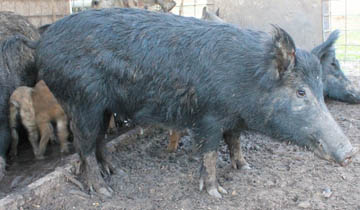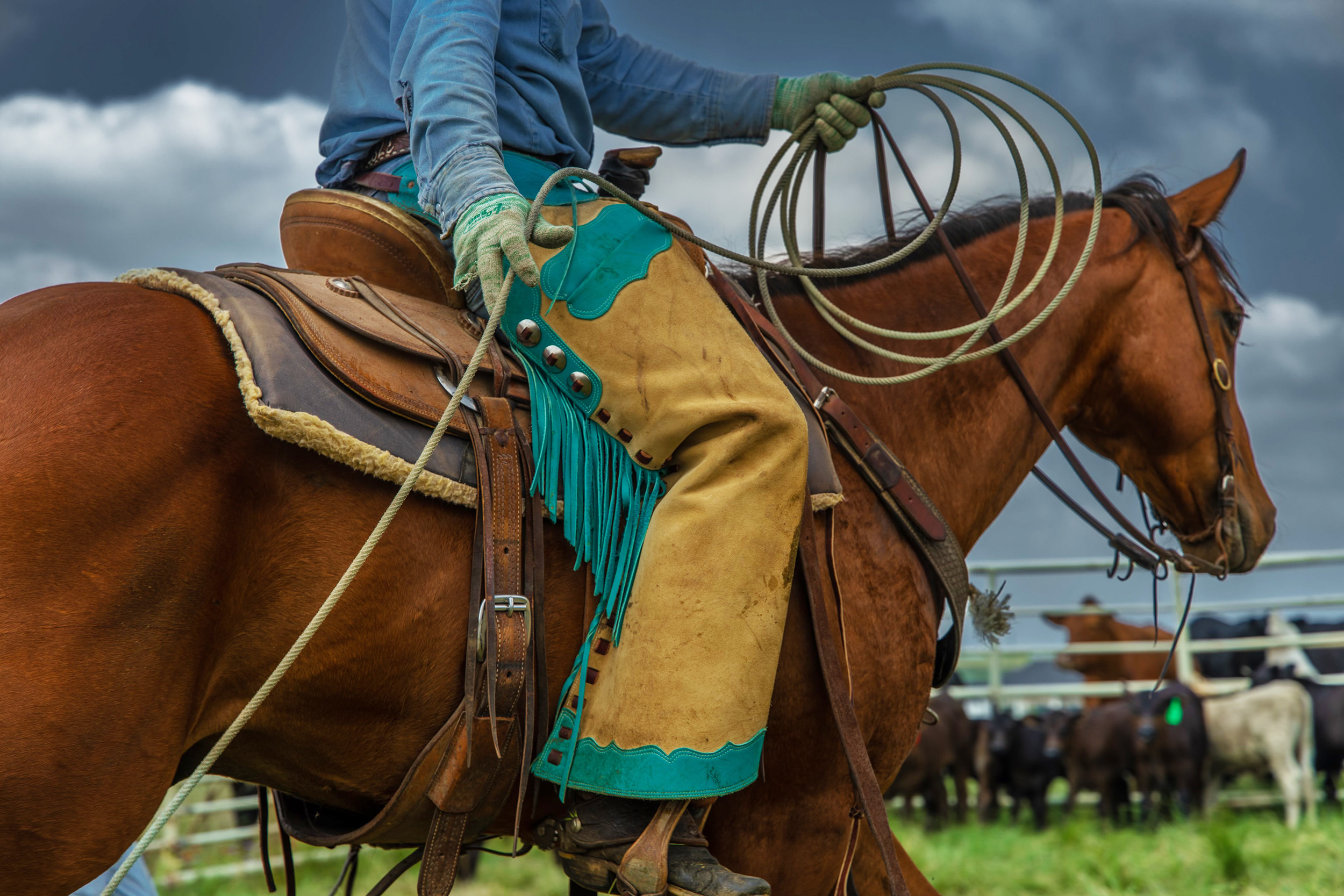Outdoor
The Pig Explosion- Part 2: How a species went from obscure to a nuisance in a quarter century

By contributing writer Russell Graves
Over the past three decades, the population reached a critical mass and everywhere pigs can live, pigs probably exist.
“There are but two kinds of landowners in Texas: Those with wild pigs and those that are about to have wild pigs,” says Billy Higginbotham, Professor and Extension Wildlife and Fisheries Specialist for the Texas AgriLife Extension Service in Overton. Dr. Higginbotham is on the front line in the war on feral pigs and the damage they cause by researching control methods and ways to mitigate hog populations and the damage they inherently cause. His assessment on the landowners and the hog population, while simplistic, provides information on the breeding success of a species whose numbers continue to explode.
Historically, wild pigs were relegated to the rural areas of Texas. The prolific porcine, however, has continually expanded its range and now encroach inside city limits of small towns across the state as well as suburbia.
“Pigs are a constant concern for us,” says Ryan Mills who works for the municipal golf course in Childress, Texas. “We are always finding areas where they’ve rooted. They are attracted by the water we irrigate with and cause us a continual maintenance issue.”
“The funny thing is we never see them,” he admits. “They come out and do their damage at night.”
Wild pigs root up lawns and damage recreational areas while the wallows they leave behind provide a medium for standing water. The water can create breeding pools for mosquitoes – thus increasing the risk for mosquito borne illnesses like West Nile virus. An increase in West Nile is noteworthy since Texas suffered 43 fatalities in 2012 as a result of the disease. To read more pick up the April 2014 issue of North Texas Farm & Ranch.
Outdoor
The Garden Guy

By Norman Winter | Horticulturist, Author, Speaker
The National Garden Bureau has designated 2024 as the ‘Year of the Angelonia’ and I am in full celebration mode. As I was preparing for my contribution to the celebration, I was, however, sent into taxonomic trauma.
For the last 26 years of deep love for the Angelonia, or summer snapdragon, I have told everyone via newspaper, radio and television that they were in the Scrophulariaceae family. Since most gardeners don’t like those words, I modified or simplified the snapdragon family, but somebody has tinkered with green industry happiness and moved Angelonia to the Plantaginaceae or plantain family. I immediately reached out to my friend Dr. Allen Ownings, Horticulture Professor Emeritus with the Louisiana State University AgCenter. I said, “Did you know this, or better yet, did you do it?” He said, as I expected, that the Taxonomist group had done it. This reminded me that someone once said taxonomists have to eat, too.
To read more, pick up a copy of the April issue of NTFR magazine. To subscribe by mail, call 940-872-5922.
Outdoor
Parting Shot: Grit Against the Storm…

By Jelly Cocanougher
Brazen rumbles cut through the daylight stillness. Enamored by the grandiose symphony of the firmament, tinged in anticipation from where the light will snap next.
The clouds dance in the sky as a love letter to the electrically-charged synergy of the ground and air. It moves unashamed, reckless, and bold. It is raw power that could command attention for any being, a reminder that we are attuned to the primal opus of flora and fauna. The spirit of the prairie was awakened, the hands of a cowboy rests at the heart of it all, a symphony in combination.
Outdoor
Grazing North Texas

By Tony Dean, [email protected]
There are a handful of mean-spirited plants that seem to have developed a liking to growing in places where they are a nuisance on North Texas grazing lands. One of those plants is definitely tasajillo. I can not count the number of gates I have had to open that required a fight with this prickly foe.
I now realize there is a plausible reason why so many fence lines and gates are home to tasajillo, being that birds eat the seeds, and then deposit them along the fences thus creating a virtual nursery for this unfriendly species.
Tasajillo is a perennial member of the cactus family and can be found in all areas of the state, but with less presence in deep East Texas. It grows as individual plants or as thicket-forming clumps. This cactus seems to be most adapted to loamy soils and is often found in association with mesquite.
To read more, pick up a copy of the March issue of NTFR magazine. To subscribe by mail, call 940-872-5922.
-

 Country Lifestyles1 year ago
Country Lifestyles1 year agoScott & Stacey Schumacher: A Growth Mindset
-

 Equine7 months ago
Equine7 months agoThe Will to Win
-

 Country Lifestyles7 years ago
Country Lifestyles7 years agoStyle Your Profile – What your style cowboy hat says about you and new trends in 2017
-

 Country Lifestyles4 years ago
Country Lifestyles4 years agoAmber Crawford, Breakaway Roper
-

 HOME7 years ago
HOME7 years agoGrazing North Texas – Wilman Lovegrass
-

 Country Lifestyles7 years ago
Country Lifestyles7 years agoDecember 2016 Profile, Rusty Riddle – The Riddle Way
-

 Country Lifestyles8 years ago
Country Lifestyles8 years agoJune 2016 Profile – The man behind the mic: Bob Tallman
-

 Outdoor9 years ago
Outdoor9 years agoButtercup or Primrose?






